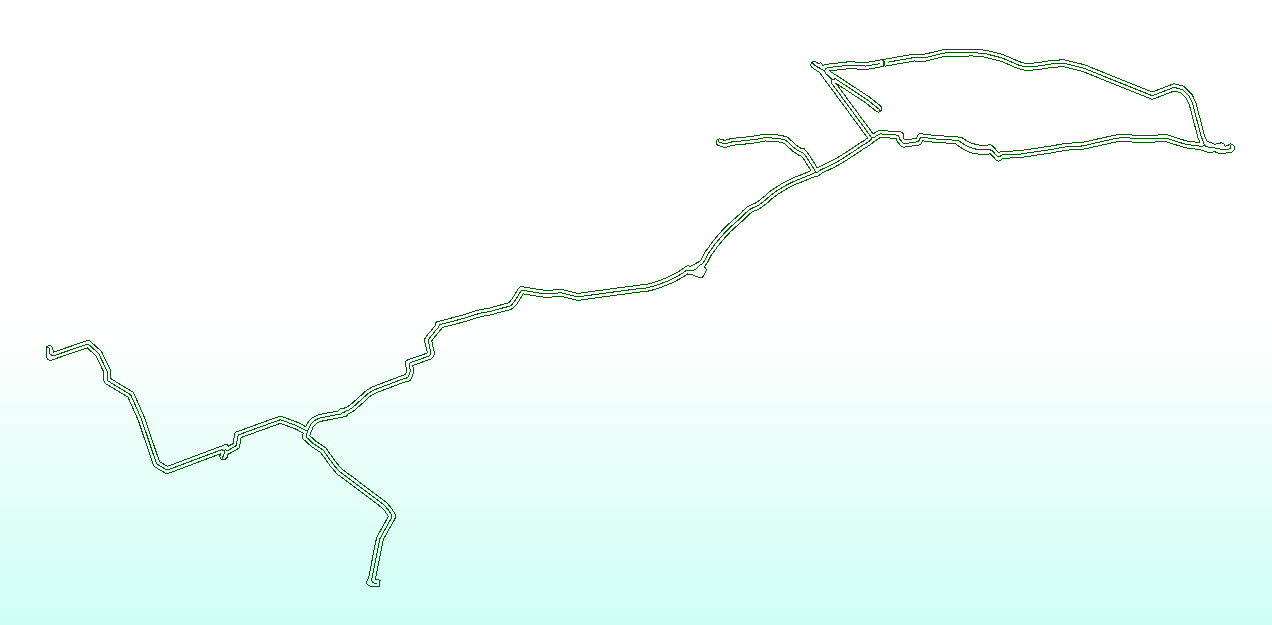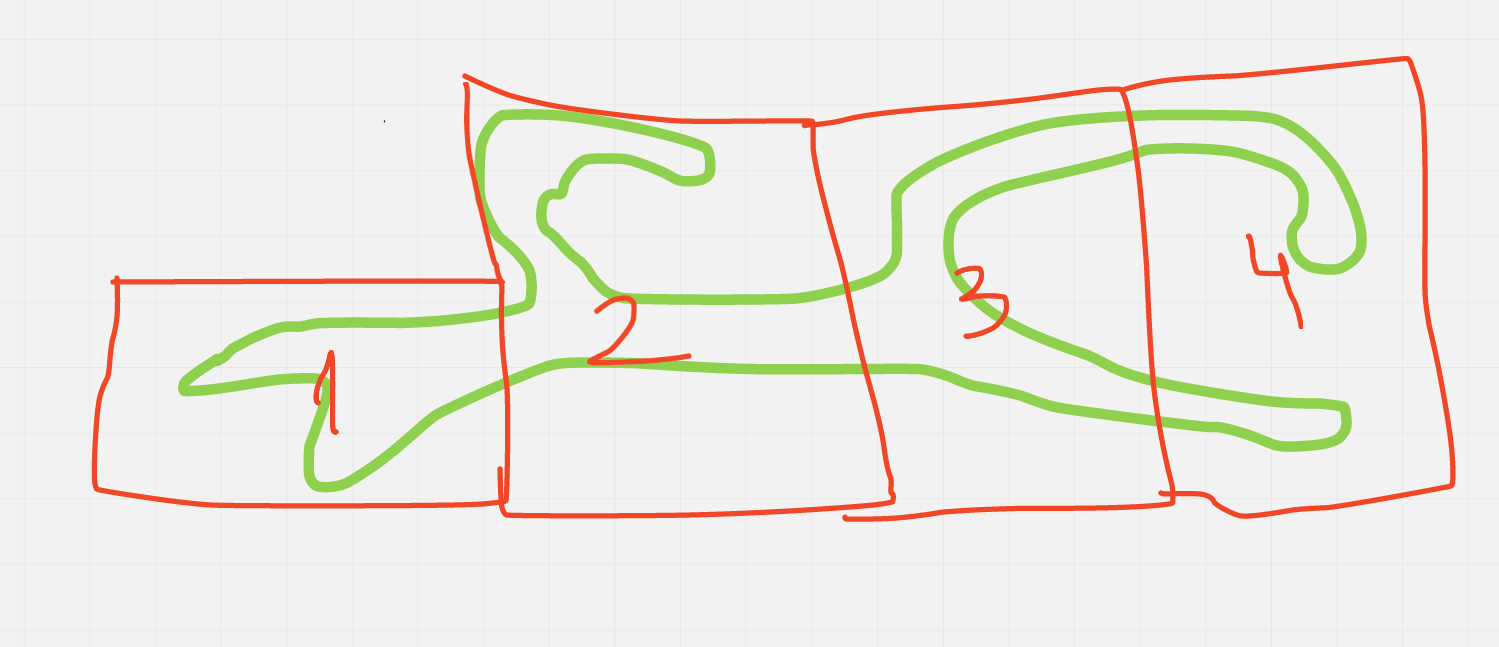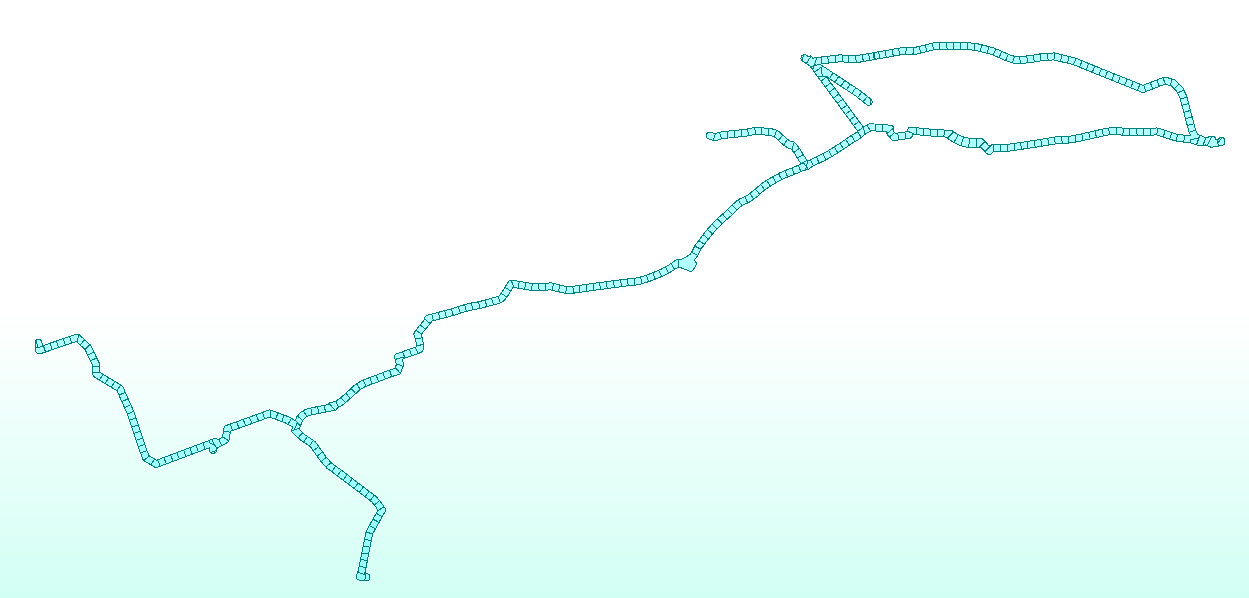Hi Guys,
As per below image, I am trying to split a complex linear polygon by its center line segments.
I have not able to find a transformer to do so or any post that works for me scenario.
Any ideas would be highly welcomed

For further context:
I am trying to divide a polygon by 1km2.
For simple polygons, I am using Dimitri's approach within the following link - https://community.safe.com/s/question/0D54Q000080hEUV/divide-an-irregular-polygon-into-n-number-of-polygons-of-equal-or-approximately-equal-area
However, when a site is linear and complex, as the one above, I have trouble to divide the polygon correctly as I need to avoid scenario 4 below which contains multiple polygons whereas I would like to being able to divide the polygon by following an spatial logic.
That is when I came up with obtaining the center line of the polygon and splitting it in different sections, which is my question above.
However, if there is another way to split a polygon by specific size avoiding scenario 4, please let me know.






 Unfortunately the AreaBuilder did not kept the arrangement I had as I did have a division from different line segments as well as a Id for the subdivision within an specific line segment so I could later aggregate them accordingly making sure it was continuity when joining them in groups of 1km2.
Unfortunately the AreaBuilder did not kept the arrangement I had as I did have a division from different line segments as well as a Id for the subdivision within an specific line segment so I could later aggregate them accordingly making sure it was continuity when joining them in groups of 1km2.